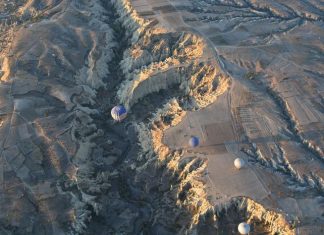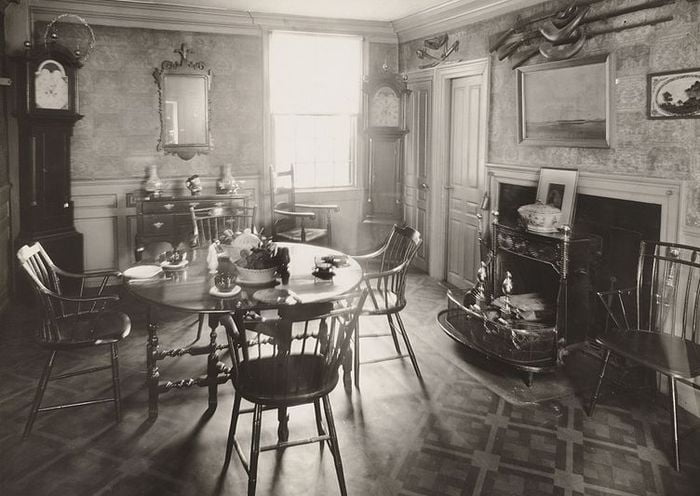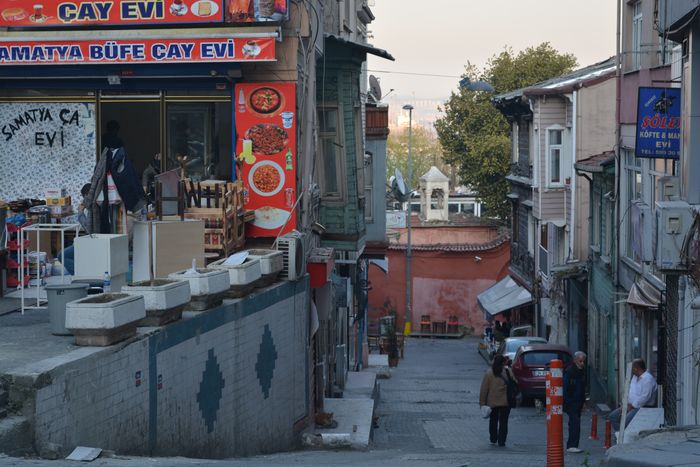More significant was the damage caused by the Knights of Rhodes, when they erected the castle walls we see today by plundering the ashlar blocks from the memorial tomb in 1402. In 1846, the Ottoman Sultan Abdulmecit issued a decree permitting British Ambassador Lord Stratford Canning to ship the Maussollos friezes that were in the Bodrum Castle to the British Museum.
As the director of the excavation site at the time, Newton had shipped off the remaining frieze fragments as well as the statues of both Maussollos and his wife Artemisia that originally stood atop the Maussolleion, to the British Museum in 1857. Today, the remnants of this memorial`s foundation, measuring 32×38 m., can be seen in a field measuring 242.5×105 m. next to the road to Gumbet. When Queen Artemisia died in 351 BC, Idrieus ascended to the throne and was succeeded by Ada in 344. However, her younger brother Pixodaros, who exiled Ada to Alinda, deposed her.
Alexander Anatolia
When Alexander entered Anatolia in 334, he found Ada in Alinda. She proclaimed him her adopted son and in return, he reinstated her to the Halicamassos throne. After Alexander`s death, the region was ruled by Lysimachus in 301 and then later on by the Ptolemic dynasty. In 189 BC, Halicamassos was forced under the yoke of Rhodes, then over to the Pergamon Kingdom in 167 BC. The city came under Roman rule after 133 BC. While the Roman states were being reorganized in the 4th century AD, Caria constituted a separate state, whereas Halicamassos became the Archbishopric under the administration of the Aphrodisias Metropolitan.
Upon entering Anatolia in 1071, the Turks began establishing provinces in the regions they had settled. Case in point, under the command of Mentese Bey, the Turks took over this region and established the Mentese Province in 1274. This area was finally put under Ottoman rule during the reign of Suleyman the Magnificent. As was mentioned at the beginning of this chapter, not much remains to this day of Halicamassos as it is buried under the modem town of Bodrum.
Excavation and restoration Halicarnassos
The theater on the hill belongs to the Maussollos Period. Excavation and restoration work on the theater was conducted in recent years, during which 30 rows of seating in the lower section have been brought to light. On the southern slope of the theater, the upper section of which is heavily damaged, we encounter rock tombs belonging to the Hellenistic-and Roman-Periods. Ancient sources reveal that
1) The Temple of Mars and the stoa of Apollo lie beneath the road in front of the theater,
2) The Temple of Hermes and the Temple of Aphrodite were situated on both sides of Kaplankale, across from the castle and
3) There was the palate of King where the mosque is located, in the square in front of the aside.
The Myndos Gate, which was a portion of the wail one surrounding the city, can be seen on the road to Gumbet As the symbol of modem day Bodrum, the castle was built by the Kiughts of Rhodes in the year 1402. It measures 180×185 m. and German architect Heinrich Schlegojhoh erected its first battlements. Later on, the castle was reinforced with the Italian, French, English, German Towers as well as the Snake Tower.
Read More about Grand Balkan Tour








